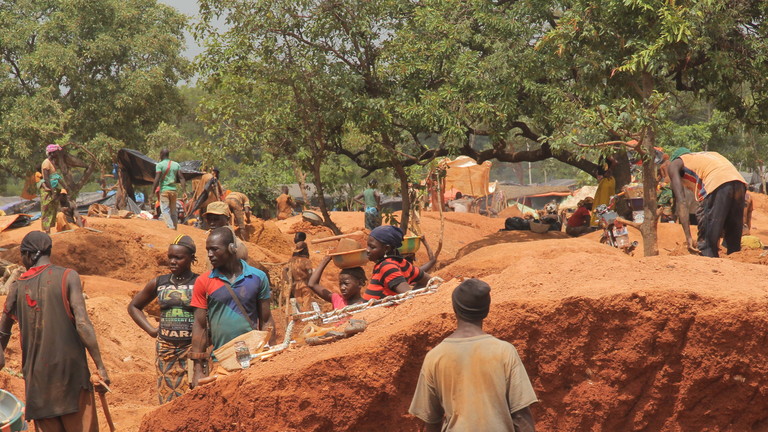Strategic Minerals Bill: A Game-Changer for Zimbabwe’s Competitiveness and Community Development
By Chiyedzo Josiah Dimbo
Zimbabwe’s New Mining Era Begins
Zimbabwe has introduced a transformative Mines and Minerals Bill that demands a *minimum US\$1 million investment* or a government partnership to mine strategic minerals like lithium and rare earths. The Bill promises to *redefine the country’s mining landscape*, aligning with Vision 2030 and global energy transition trends.
Zimbabwe at a Crossroads: Reforming to Compete
After years of underutilised potential and speculative hoarding of mineral claims, Zimbabwe is reasserting control of its mineral wealth. This Bill is not merely regulatory—it is *economic statecraft*, positioning Zimbabwe as a credible player in the critical minerals revolution.
Raising the Investment Bar: US\$1 Million as a Filter
Why It Matters
Discourages claim hoarding and speculative actors.
*Attracts serious, well-capitalised investors*.
*Ensures strategic minerals like lithium support Zimbabwe’s *industrialisation* and value addition.
Key Takeaway:
This requirement is a *quality gate*—not a barrier. It ensures Zimbabwe’s resources benefit the nation and not just foreign opportunists.
Strategic Minerals = Strategic Leverage
Lithium, cobalt, and rare earths are essential for:
*Battery production*
*Green energy*
High-tech manufacturing
Zimbabwe has *Africa’s largest lithium reserves*, making it a top-tier player in the *green supply chain economy*
Community Benefits: Making US\$1 Million Count
Local Ownership and Development
Investors must work with government, opening space for:
Community shareholding models
Local development funds for infrastructure, clinics, and education
Employment and Skills Transfer
Large-scale investment mandates
Formal job creation
Vocational training and mining skills certification
*Transition from artisanal to professional mining ecosystems*
Environmental and Agricultural Safeguards
No mining on vital food production lands
*Legally enforced Environmental & Social Impact Assessments*
Balancing mining with rural and agricultural sustainability
Cadastre System Modernising Mineral Governance
The Mining Cadastre Register brings
Digital, transparent licensing
End to double allocations and backdoor deals
Real-time monitoring of mining claims
This tool helps Zimbabwe leapfrog into *21st-century resource management*
Small-Scale Mining Not Forgotten
The Mines Minister may exempt small miners from the US\$1 million rule when economically or socially prudent.
This ensures
Inclusivity
Protection of local livelihoods
Ongoing support for Zimbabwe’s vital informal mining sector
Legal Milestone Years in the Making
From rejection in 2018 to revival in 2025, the Bill faced hurdles—legal concerns, lack of drafters, and political friction. Now, with broad consultation and final endorsement expected, it stands as a *landmark achievement in resource legislation*
Risks & Policy Recommendations
Risks to Watch
Over-centralisation of discretion in “strategic” declarations
Weak enforcement capacity post-licensing
Elite resistance from those losing hoarded claims
Recommendations Establish *independent minerals oversight boards*
*Mandate Community Development Agreements (CDAs)* Launch a public mining transparency portal
Conclusion: From Resource Curse to Resource Catalyst
The new Mines and Minerals Bill can shift Zimbabwe from being *resource-rich but economically constrained to a strategic minerals powerhouse* with shared prosperity.
With transparency, enforcement, and true community inclusion, this legislation could transform Zimbabwe’s mining sector into the *engine of inclusive national development*




